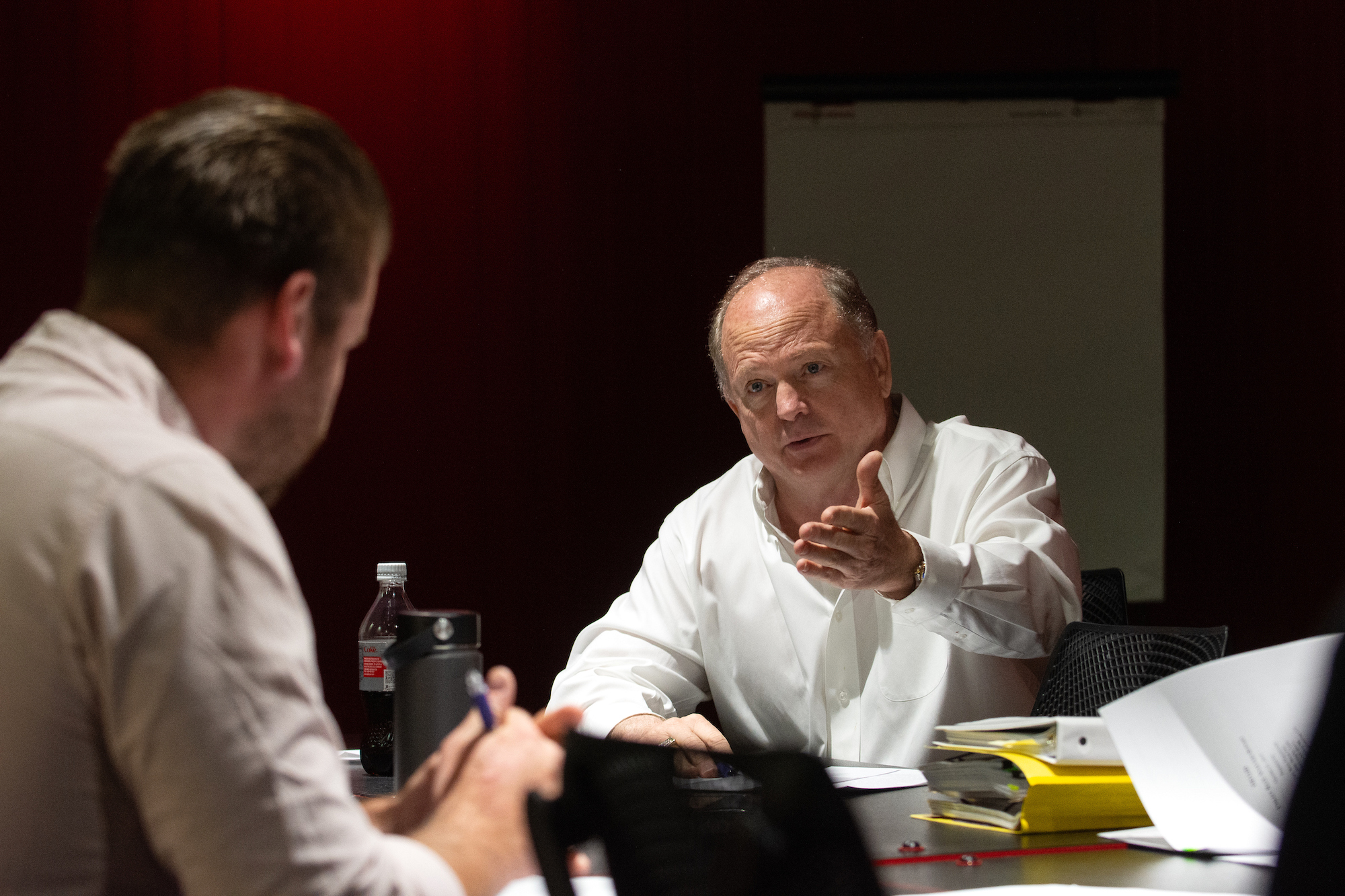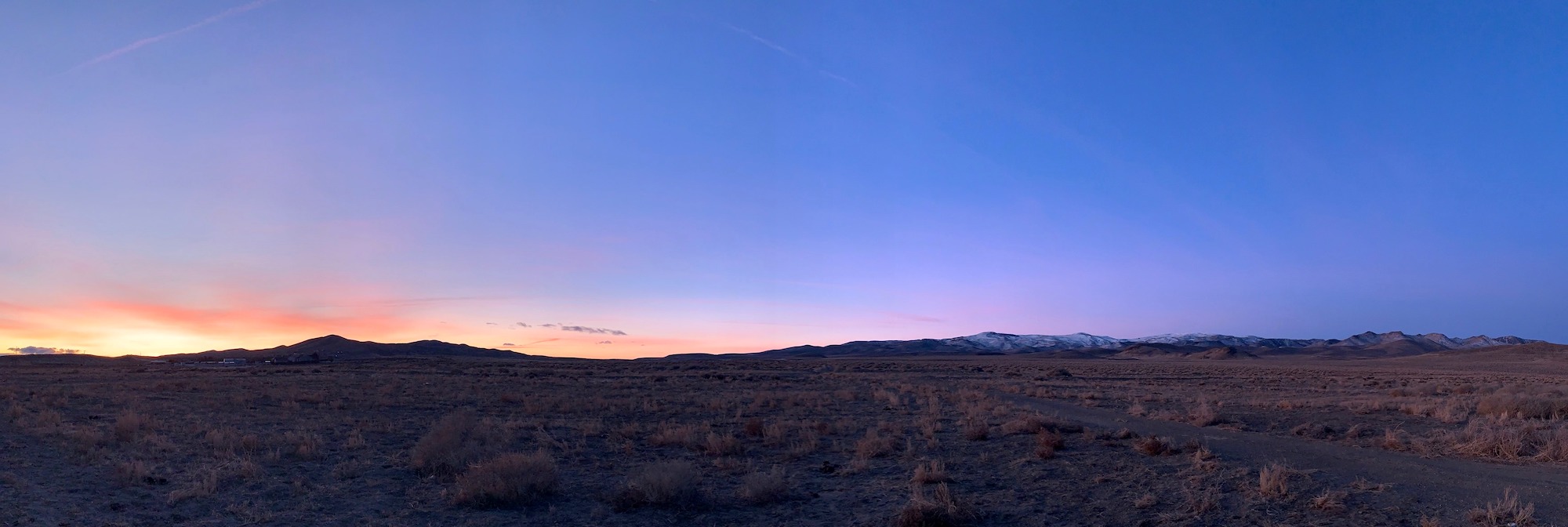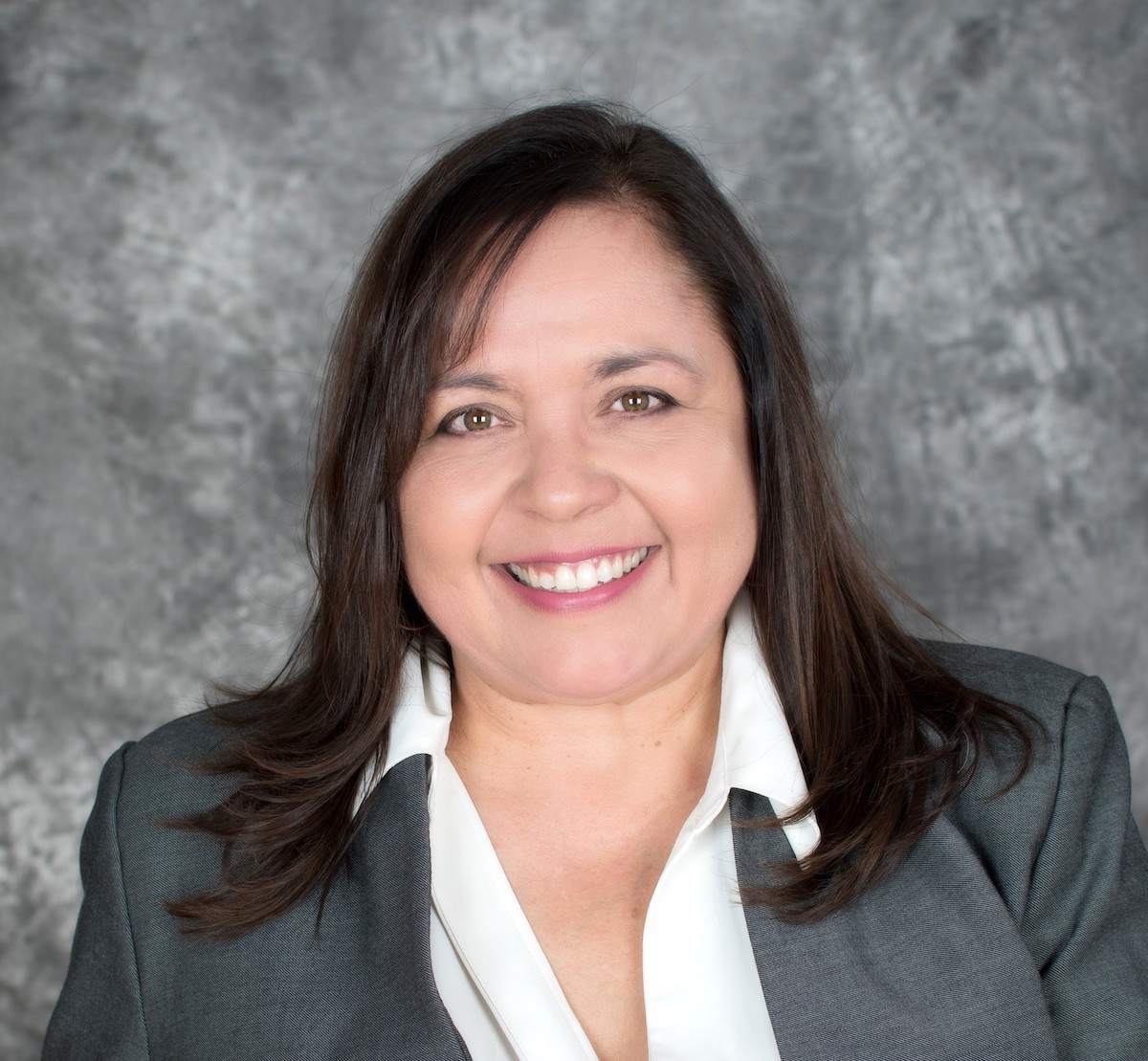The TRI II project is planned for a plot of private land on the south side of Fernley west of Highway 95A and east of the Storey/Lyon county line.
Photo: Colleen Unterbrink
 Tahoe Reno Industrial General Improvement District Board President, Kris Thompson, during a board meeting on Monday, Nov. 4, 2019 at the Storey County office building in the Tahoe-Reno Industrial Center in Storey County. Photo: David Calvert / The Nevada Independent
Tahoe Reno Industrial General Improvement District Board President, Kris Thompson, during a board meeting on Monday, Nov. 4, 2019 at the Storey County office building in the Tahoe-Reno Industrial Center in Storey County. Photo: David Calvert / The Nevada Independent
 TRI II is planned for a plot of land on the south side of Fernley west of Highway 95A and east of the Storey/Lyon county line. Photo: City of Fernley
TRI II is planned for a plot of land on the south side of Fernley west of Highway 95A and east of the Storey/Lyon county line. Photo: City of Fernley
 TRI II is planned for a plot of land on the south side of Fernley west of Highway 95A and east of the Storey/Lyon county line. Photo: City of Fernley
TRI II is planned for a plot of land on the south side of Fernley west of Highway 95A and east of the Storey/Lyon county line. Photo: City of Fernley
 Fernley City Manager Daphne Hooper
Fernley City Manager Daphne Hooper